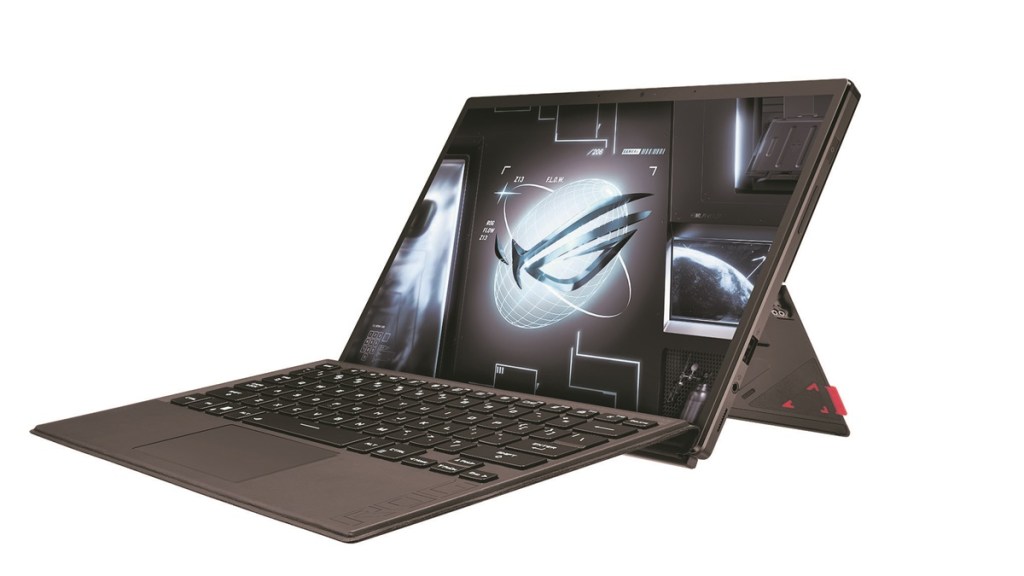Niko Partners, a market research and consulting firm which studies the video games, eSports and streaming market in Asia, recently reported India is the fastest growing games market in the continent and is on track to become a $1-billion market for video games by 2025.
So you see why PC makers are pulling out all stops to make the most of this billion-dollar opportunity?
In the last few years, India’s online gaming business has expanded dramatically. Many mobile gamers switched to PCs for a more immersive gaming experience, resulting in a rising in demand for gaming laptops. Especially amidst the pandemic, gaming devices became a significant contributor to the overall revenue for these manufacturers. Over 35% of Acer’s consumer PC revenue comes from gaming devices now and for ASUS, the segment now contributes up to 30% to its overall revenue and is projected to touch 40% of it this year.
IDC, another market researcher, estimates that gaming PCs account for 16-18% of the current total PC shipments. The gaming PC market has seen healthy growth during the pandemic, especially in 2021 with over 28.9% growth, points out Bharath Shenoy, senior market analyst, PC devices, IDC India. Again, ResearchAndMarkets valued the Indian gaming market at $1.89 billion in 2020, and predicted it to reach $4.01 billion by 2026, registering a CAGR of 16.22% over the forecast period 2021-26.
Brands including Acer, Lenovo, and ASUS have upped the ante with cutting-edge devices. Lenovo entered the gaming space about five years ago and has been building up its gaming PC business rapidly. Besides the entry-level IdeaPad Gaming 3 series and the premium Lenovo Legion series, it has recently brought a 16-inch 16:10 display panel to its gaming laptop line-up. Ian Tan, Asia-Pacific gaming lead, Lenovo, says the gaming PC share of its overall consumer business is increasing annually, contributing strongly to both top and bottom lines.
From entry-level laptop Aspire 7 which caters to casual gamers to the Nitro 5 for enthusiastic gamers, Acer is betting on its stack of gaming laptops that meet the requirements of gamers across various segments, including the Predator series for professional eSports players. The recently launched Predator Helios 300 SpatialLabs edition enables glasses-free, stereoscopic 3D gaming experiences.
Both Lenovo and Acer have been very active in the gaming accessories segment with products such as monitors, mouse, keyboards and headphones that contribute to the whole gaming ecosystem.
Sooraj Balakrishnan, head of marketing, Acer India, says the brand spends nearly 30% of its budget on promoting gaming laptops across e-commerce, offline retail, and digital platforms. That apart, it invests in global tournament sponsorships and has its own Predator Gaming League where it hosts the country’s top teams in eSports competitions. It also has a gaming community — Planet9— that trains gamers to develop their skills and go professional.
ASUS is not far behind. It has refreshed its product line-up by introducing laptops featuring 12th Gen Intel Core H-series processors and the latest AMD Ryzen 6000 Series Mobile Processors; it has strengthened its Zephyrus series and has launched ROG Flow Z13, the detachable 2-in-1 gaming tablet. Arnold Su, business head, consumer and gaming PC, system business group, ASUS India, says the company saw a threefold rise in gaming laptop sales in 2021 as compared to the pre-Covid-19 years. In 2020 during the peak of the pandemic, it sold more than 80% of the 14-inch Zephyrus G14 within 24 hours of its release. Last year, it introduced the Flow X13, a convertible gaming laptop. Its products start from 50,000 and go up to 3 lakh-plus.
Retail expansion
While online sales is driven largely by price points, offline sales is driven by experience. Brands are now focussing on their own website stores where they can bundle accessories and get good traction, and pull traffic which will build a base for future sales.
Initially, the demand for gaming devices came from metros but gradually it is spreading across smaller cities now. Shenoy of IDC India shares that a major demand currently is for entry-level gaming notebooks (priced 55,000-70,000), and these prices fluctuate during online sales and festival offers.
In the case of Acer, a majority of the online audience comprise entry-level and enthusiastic gamers, while offline gets more attention from buyers of premium laptops. Su shares that Asus has over 180 exclusive stores and aims to add 20 stores per quarter. He adds, “We have 1,200 premium kiosks in tier-III and IV cities. In addition, we have 6,000 dealer outlets, exclusive brand stores, multi-brand retail outlets and are available on e-commerce platforms.”
Read Also: Flipkart launches new campaign featuring Alia Bhatt as ‘FlipGirl’

